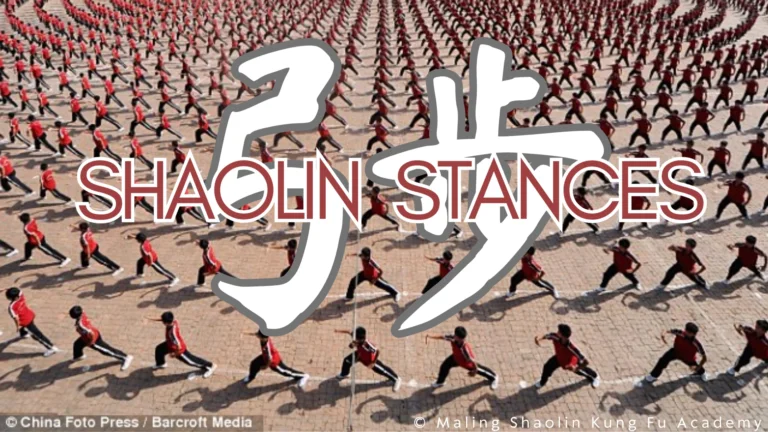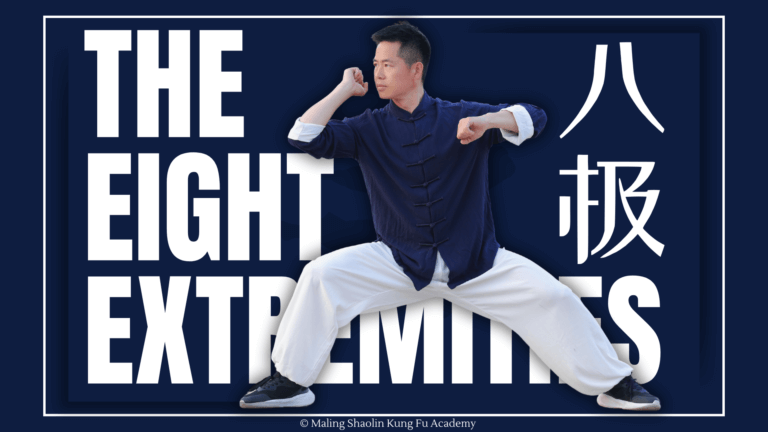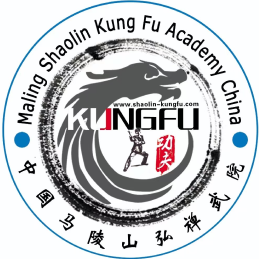Ne Zha 2: A Cinematic Revolution in Chinese Mythology and Martial Arts

Ne Zha 2 has shattered global box office records, becoming the highest-grossing animated film in history. This milestone marks a turning point for Chinese animation, proving its ability to compete with Hollywood's biggest productions. With its fusion of mythology, martial arts, and stunning visuals, the Ne Zha franchise continues to captivate audiences worldwide.










